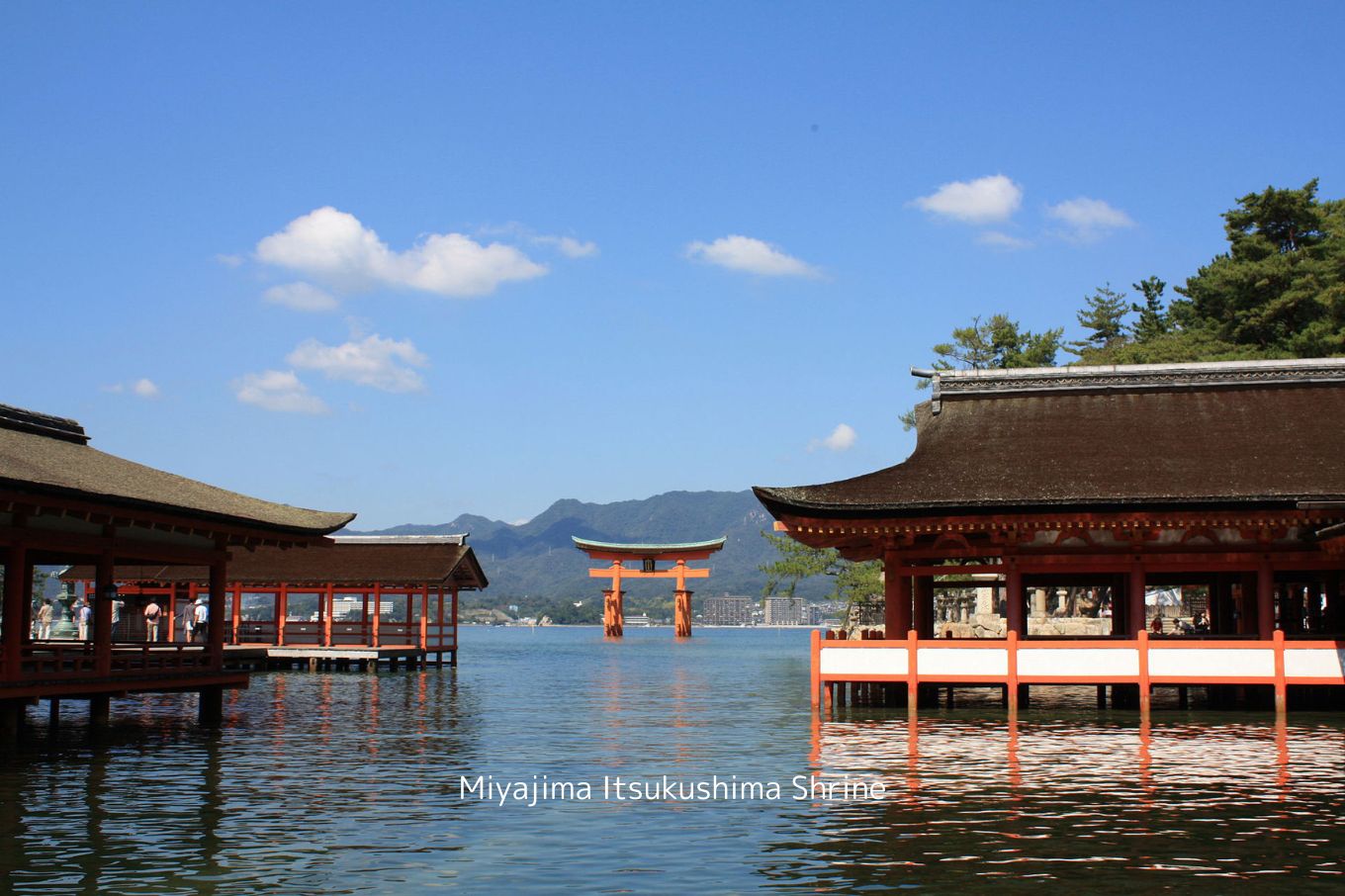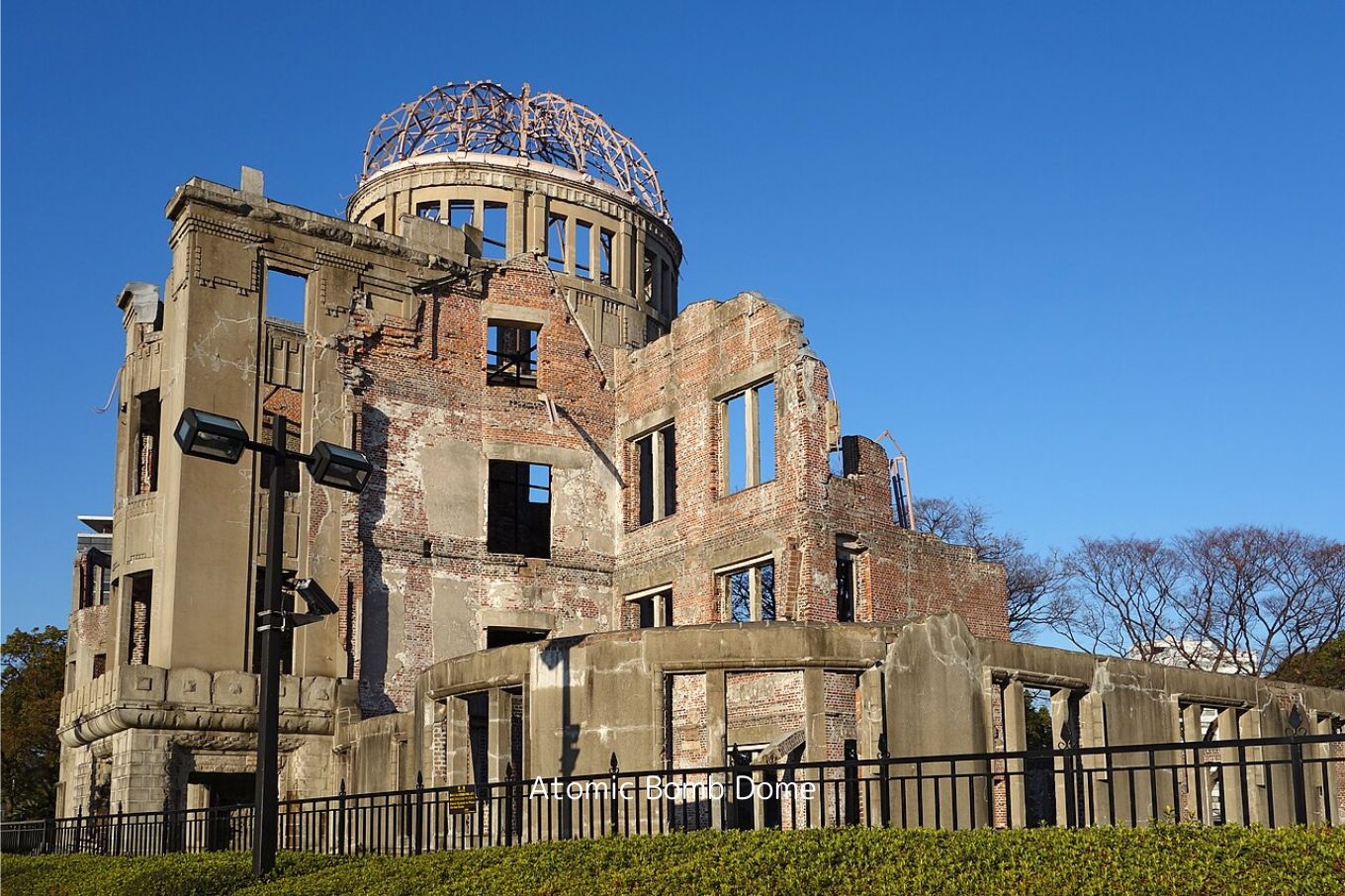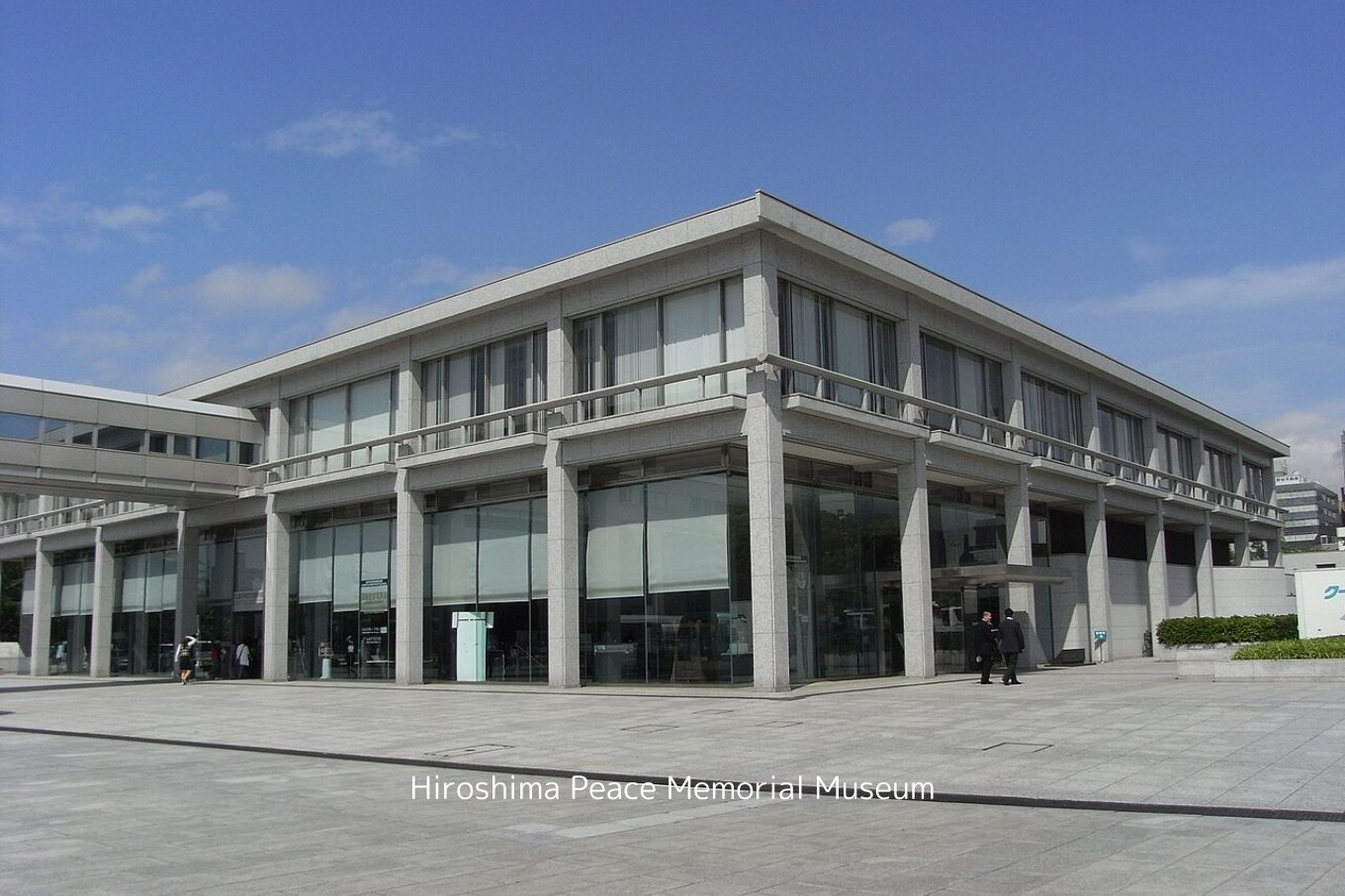HIROSHIMA (Itsukushima Shrine, Hiroshima Atomic Bomb Dome, Hiroshima Peace Memorial Museum)
Itsukushima Shrine: home to the floating Torii gate
In Itsukushima Island, also known as “Miyajima”, there is the famous Itsukushima Shrine whose torii gate and structure are unique because they are built over water, in fact during the high tide, it seems floating in the Sea. The complex was build in 593 and in 1168 Taira no Kiyomori rebuilt it in the current shinden-zukuri style. It features 20 buildings constructed above the sea connected by wooden boardwalks. Originally Itsukushima was a pure Shinto Shrine and commoners were not allowed to enter the Island in order not to cause pollution. The purity of the Shrine is so important that since 1878 no births and deaths are allowed. Besides its Shrine, Miyajima is also known for its sacred Mount Misen featuring multiple peaks, forests, ocean view and for its hundred deers wandering around. As per Nara Park, the deers here are considered as the messengers of the three Goddesses of seas and storms enshrined:

Atomic Peace Memorial (Atomic Bomb Dome): the importance of peace
The Atomic Peace Memorial building, also known as the Atomic Bomb Dome, originally was Hiroshima Prefectural Industrial Promotion Hall and nowadays is the main highlight of Hiroshima Peace Memorial Park designed by the Japanese architect Kenzo Tange. This building is the only structure that survived in the area during the atomic bombing of Hiroshima on 6th August 1946. Nowadays it symbolize the destructive power of nuclear weapons and the hope for world peace.

Hiroshima Peace Memorial Museum: the day time stopped
The Hiroshima Peace Memorial Museum was opened in 1955 and, it is located in Hiroshima Peace Memorial Park. From the Museum you can see the Peace Flame, Hiroshima Cenotaph and the Atomic Bomb Dome. This is the first museum documenting the disastrous effects of the atomic bomb. Besides showing the history of Hiroshima before and after the atomic bombing, it displays also photographs, belongings left by the victims and other materials such as human shadow etched in stones which is thought to be the residue of a person sitting on it just before the tragic event, clocks with their hands frozen at 8:15 am marking the moment when the bomb was dropped. As well as the Park, the Museum has been designed by the Japanese architect Kenzo Tange.

